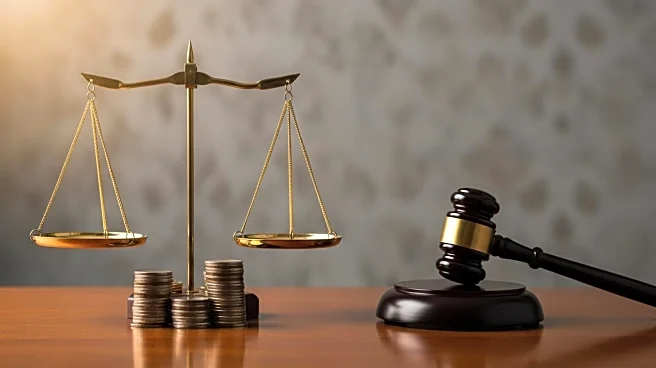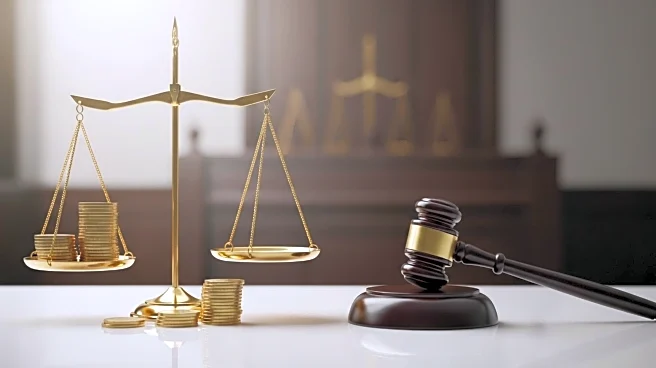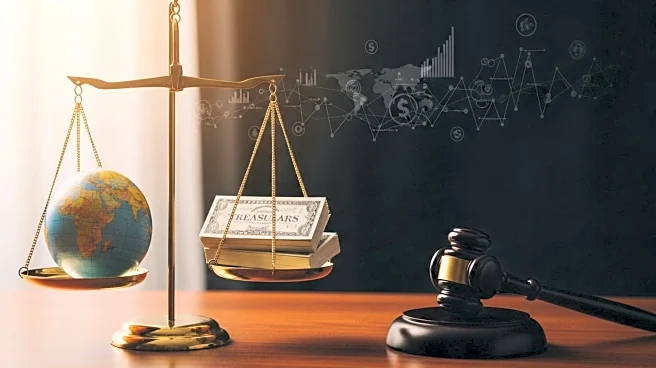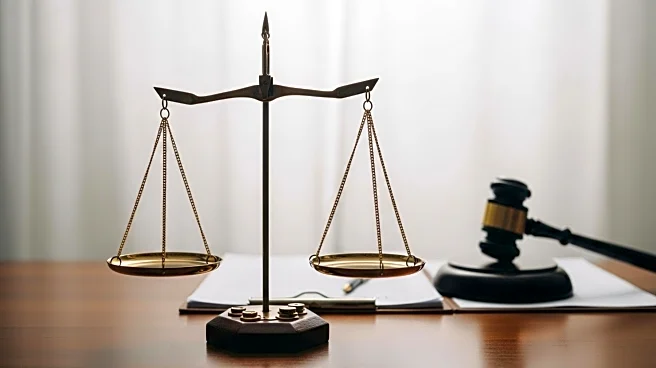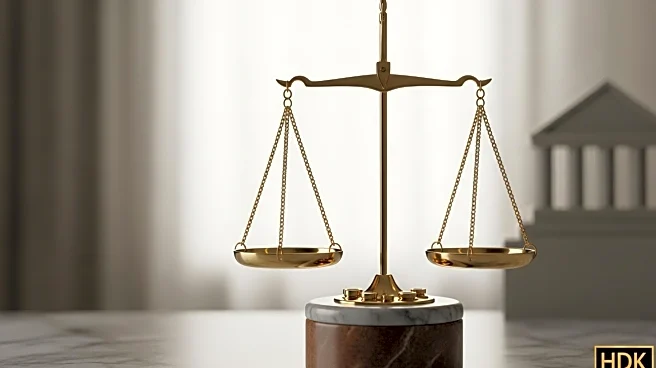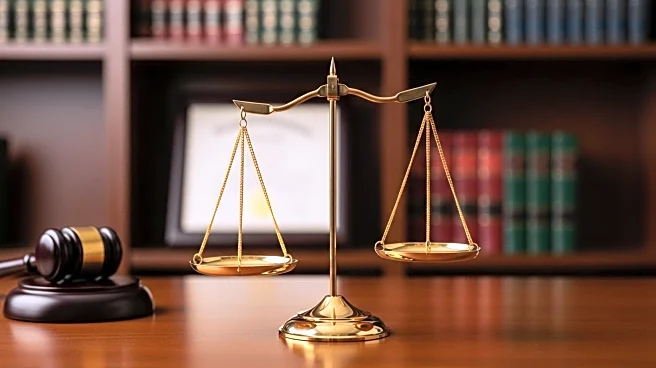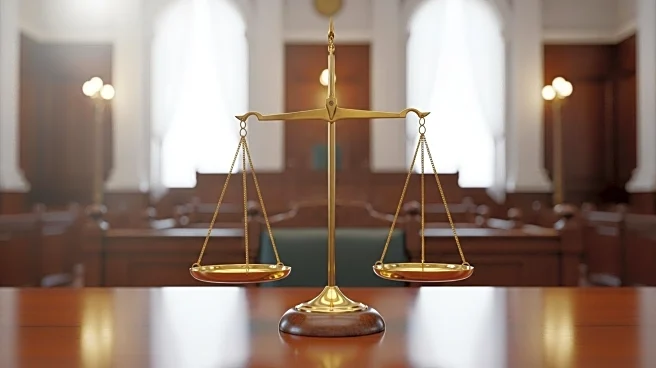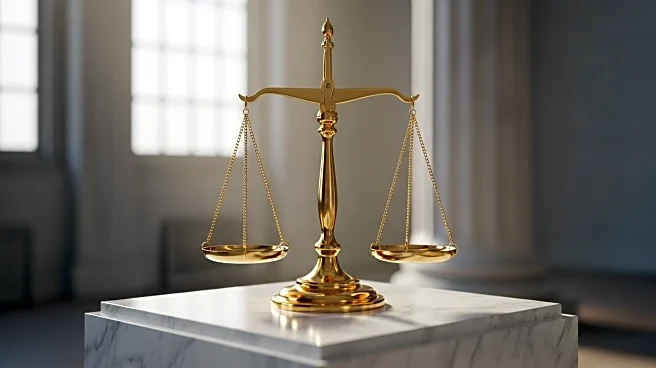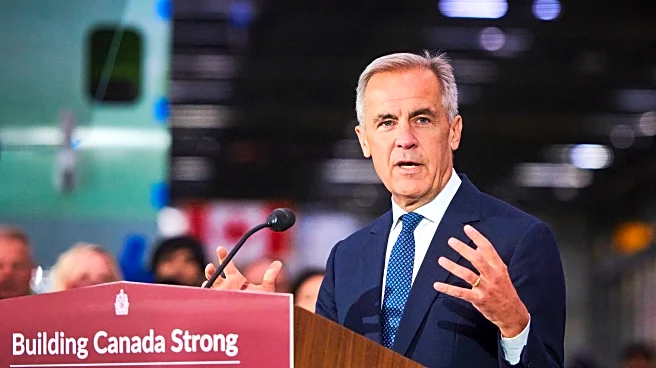What's Happening?
President Trump has imposed significant tariffs on imports from various countries, citing national security and economic concerns. However, two courts have ruled these tariffs illegal, and the case is now pending before the Supreme Court. If the tariffs are struck down, companies that paid these levies could receive refunds, potentially amounting to hundreds of billions of dollars. The tariffs were implemented under the 1977 International Emergency Economic Powers Act, targeting countries like Canada, China, and Mexico. The legal challenge argues that the President overstepped his authority by bypassing Congress. The U.S. Customs and Border Protection has collected over $72 billion in these tariffs, and the outcome of the Supreme Court decision could lead to a significant administrative effort to process refunds.
Why It's Important?
The potential refund of tariffs could have substantial economic implications. Companies that import goods would benefit financially, potentially improving their competitiveness and profitability. However, ordinary consumers, who have faced higher prices due to these tariffs, are unlikely to receive any direct financial relief. The decision could also impact the federal budget, as tariff revenues have been used to offset tax cuts. The legal outcome may set a precedent for the limits of presidential power in imposing tariffs, influencing future trade policy and international relations. The case highlights the tension between executive authority and legislative oversight in trade matters.
What's Next?
The Supreme Court is expected to hear arguments in November, with a decision likely to follow. If the court rules against the tariffs, the government will need to establish a process for issuing refunds to importers. This could involve administrative procedures or potentially new litigation to determine eligibility and amounts. The Trump administration may resist refunding the tariffs, citing economic concerns. The decision could also prompt legislative action to clarify the scope of presidential powers under the International Emergency Economic Powers Act.
